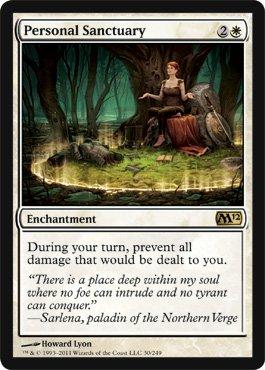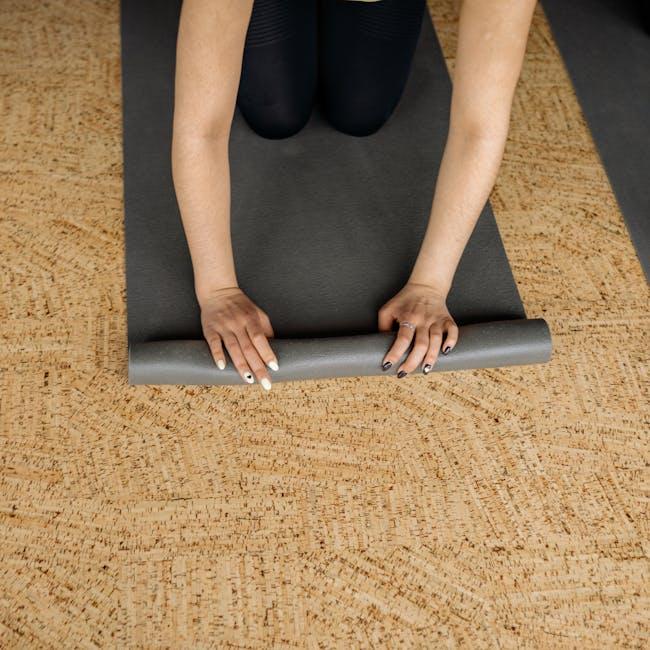In a world that never seems to pause, where the hum of daily life often drowns out the gentle whispers of peace, the ancient practice of meditation emerges as a beacon of solace. As stress and anxiety weave their way into the fabric of modern existence, many find themselves yearning for a reprieve—a moment to breathe, to center, and to simply be. This article invites you on a journey into the fundamentals of meditation, an exploration of how this timeless practice can become a powerful ally in managing the relentless pressures of contemporary life. Whether you’re a curious newcomer or a seasoned practitioner, understanding the basics of meditation can unlock a pathway to inner calm and resilience, guiding you gently back to the present moment where tranquility awaits.
Understanding the Mind: The Science Behind Meditation and Stress Relief
In the hustle and bustle of daily life, the mind often becomes a turbulent sea of thoughts and worries. Meditation offers a serene refuge, a practice deeply rooted in science, to help calm these waves. At its core, meditation is about cultivating awareness and redirecting attention, allowing us to step back from the chaos and observe our thoughts without judgment. This practice engages the brain’s default mode network, promoting relaxation and reducing the production of stress hormones like cortisol.
- Mindfulness Meditation: Focuses on staying present and observing thoughts and sensations as they arise.
- Transcendental Meditation: Utilizes a mantra to settle the mind into a state of profound rest.
- Guided Meditation: Involves listening to a guide or teacher to facilitate relaxation and awareness.
Each form of meditation shares a common goal: to enhance mental clarity and emotional balance. By regularly practicing meditation, individuals can experience a significant decrease in anxiety and stress levels, paving the way for a more harmonious and peaceful state of mind.

Breathing Techniques: Harnessing the Power of Breath to Calm the Anxious Mind
Discover the transformative power of intentional breathing, a cornerstone in meditation practices aimed at alleviating anxiety and stress. By focusing on the rhythm of your breath, you can create a serene space within yourself, where tranquility replaces tension. Consider incorporating these techniques into your daily routine:
- Box Breathing: Visualize drawing a square with your breath. Inhale deeply for four counts, hold your breath for another four, exhale for four, and pause for the final four counts before repeating. This method encourages a steady, calming rhythm that can soothe a racing mind.
- 4-7-8 Breathing: Inhale quietly through the nose for four seconds, hold the breath for seven seconds, and exhale audibly through the mouth for eight seconds. This technique not only helps to manage stress but also promotes a restful night’s sleep.
- Alternate Nostril Breathing: Use your thumb to close one nostril, inhale through the open nostril, then switch, exhaling through the opposite side. This practice balances the body’s energy and enhances focus, offering a refreshing break from anxious thoughts.
Incorporating these breathing techniques into your meditation practice can be a gentle yet powerful way to navigate through life’s challenges, providing a refuge from the hustle and bustle of everyday life. Remember, the breath is a constant companion, always available to help guide you back to the present moment.

Creating a Personal Sanctuary: Setting the Right Environment for Effective Meditation
Crafting a personal sanctuary for meditation is akin to building a refuge where peace and tranquility reign. The ambiance of your meditation space plays a pivotal role in enhancing your practice, allowing you to delve deeper into the realms of calmness and clarity. Start by choosing a spot that resonates with serenity and comfort. This could be a quiet corner in your home or a secluded spot in your garden. Ensure that this space is free from distractions and is a place where you can consistently return, creating a sense of routine and familiarity.
- Lighting: Opt for soft, natural light. If natural light is scarce, use candles or soft lamps to create a warm glow.
- Aroma: Incorporate calming scents such as lavender, sandalwood, or eucalyptus using essential oils or incense to soothe your senses.
- Sound: Consider background music or nature sounds to drown out external noise and enhance your focus.
- Comfort: Use cushions or a meditation chair to ensure that you are physically comfortable during your practice.
Remember, your sanctuary is a reflection of your personal preferences and needs. The key is to create an environment that encourages you to return to your practice regularly, helping you manage anxiety and stress effectively.

Daily Practice: Building a Sustainable Meditation Routine for Long-term Benefits
Establishing a daily meditation practice is like planting a seed that, with consistent nurturing, can blossom into a resilient tree of calmness and clarity. To embark on this journey, start by setting aside a dedicated space in your home, free from distractions, where you can retreat into tranquility. Embrace the power of small beginnings by committing to just a few minutes each day, gradually increasing the duration as you become more comfortable. Remember, the key is consistency, not intensity.
- Choose a Time: Align your practice with a specific time of day, whether it’s the peaceful dawn or the serene dusk, to build a rhythm that resonates with your lifestyle.
- Set an Intention: Begin each session by setting a clear intention, allowing your mind to focus on managing anxiety and stress through mindful awareness.
- Use Guided Meditations: For those just starting out, guided meditations can offer structure and support, providing a gentle introduction to the practice.
- Track Your Progress: Keep a journal to reflect on your experiences, noting any changes in your mood or stress levels, to reinforce the benefits of your practice.
By weaving these elements into your daily routine, you are not only cultivating a practice that supports mental well-being but also nurturing a lifelong habit that can anchor you through life’s inevitable ebbs and flows.
In Retrospect
As we close this exploration into the calming world of meditation, remember that the journey to managing anxiety and stress is a deeply personal one. With each breath and moment of stillness, you are planting seeds of tranquility that will grow in time. Whether you find solace in guided imagery, mindfulness, or simple breathing exercises, know that meditation is a flexible companion, ready to meet you wherever you are. As you integrate these practices into your daily life, allow yourself the grace to explore and evolve. The path to peace is not a destination but a continuous journey—one that invites you to pause, reflect, and reconnect with the serenity within. Embrace this gentle art, and let it guide you toward a more balanced and harmonious existence.
